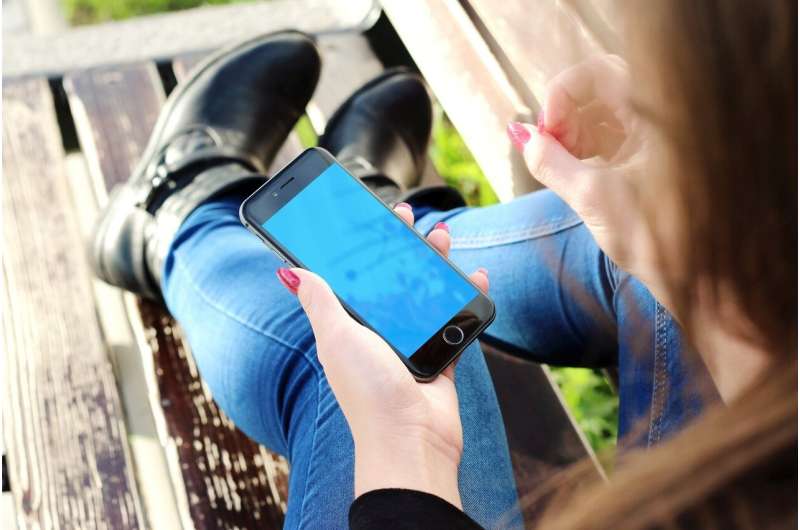A new study from UC San Francisco has found that increased screen time is associated with more severe symptoms of depression, anxiety, inattention, and aggression in 9- and 10-year-olds. The research followed a diverse group of kids over two years and suggests that screen use may displace activities that reduce mental health issues, such as physical activity, sleep, and in-person socialization. Interestingly, the effects were more pronounced in white adolescents compared to their Black and Asian peers. This study highlights the importance of developing healthy screen time habits and creating a Family Media Use Plan, as recommended by the American Academy of Pediatrics. Mental health and screen time are two crucial issues facing today’s youth.

Tweens and the Effects of Screen Time on Mental Health
Published in BMC Public Health, the research revealed that 9 to 10-year-olds who began watching more than two hours of TV per day (not including computer use) over the following eight months suffered increased symptoms of depression and anxiety, as well as more problems relating to aggression or inattention. Those effects are small, but detectable and consistent among the more than 9,500 kids in different parts of the United States whom researchers followed for two years.
The most robust evidence for associations with screen time was found for depressive symptoms, but some evidence was also seen for conduct, somatic, and attention deficit/hyperactivity symptoms. Depressive symptoms were most strongly associated with video chatting, texting, watching videos and playing games. The results hint that time in front of screens may be taking time away from more beneficial activity, including exercise and sleep and face-to-face social experience.
How Screen Time Harms Some Teens More Than Others
An interesting finding of the study was that white adolescents were more affected by too much screen time than their Black and Asian peers. We found all associations between screen time and depressive, attention-deficit/hyperactivity, and oppositional defiant symptoms in white adolescents were more positive charges.
A possible explanation, suggested lead author Dr. Jason Nagata, could be that “screens and social media might provide an important outlet for minority adolescents who often don’t have access to safe spaces to connect with other kids of similar backgrounds.” In simple terms, technology might just offer an expanded list of resources than those accessible in the immediate environment of minority youngsters and not replace face-to-face relationships.
The Importance of Building Healthy Screen Time Habits
And as adolescents’ screen use has skyrocketed, so have worries about the effects on their mental health. I am 50% more likely to experience a major depressive episode than I was in 20 years ago, and you are now 30% more likely to kill yourself. Tweens spend on average 5.5 hours per day consuming entertainment media, and teens consume an average of 8.5 hours a day in front of a screen not for homework!
Thus, the authors suggest that in order to help ameliorate the negative impacts of high levels of screen time, parents should assemble a Family Media Use Plan along with their children as recommended by the American Academy of Pediatrics. This plan shall take into account an individualized approach for each students and set up the screen limits and habits. In conclusion, by cultivating prevention and balance, parents can truly teach their adolescents how to manage their mental health in the age of technology.
